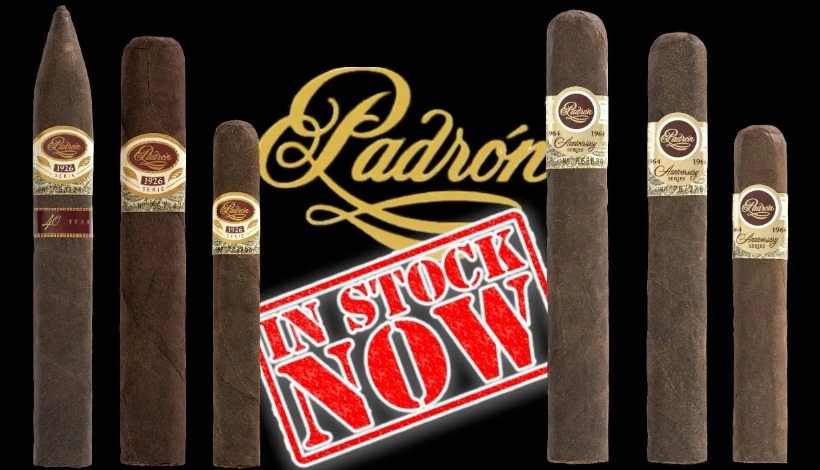Padron Cigar 1926 vs 1964
The Padron 1926 series is named after the birth year of founder Jose Orlando Padron and is one of the brand's high-end lines. The 1964 series was launched in 1994 to celebrate the company's 30th anniversary and is a signature product line of Padron.

Production Process
- Padron 1926 series: Uses high-quality Nicaraguan tobacco leaves, aged for 5-10 years, with excellent rolling and structure.
- Padron 1964 series: The filler, binder, and wrapper all come from Nicaragua, with tobacco leaves aged for more than 4 years, rolled using the old Cuban box-press method.

Taste and Flavor
The Padron 1926 and 1964 use the same tobaccos but in different ways, resulting in similar yet distinct flavors.
- Padron 1926 series: Full-bodied and complex, with dominant spices, along with cherry, chocolate, and coffee. It has a unique "cellar" aroma, black pepper spiciness, and cedar notes. The latter part brings wood and earthy flavors, with an overall mellow and strong taste.
- Padron 1964 series: Medium to full-bodied, relatively mild, with cocoa, roasted nuts, and a hint of honey sweetness. It also has chocolate, spices, and coffee flavors, with a smooth and balanced overall taste, and more prominent pepper on the palate.

Profile Characteristics
The Padron 1926 has flat bass and treble, with mids turned up, being smoother, fuller, stronger, and more refined. The 1964 has lots of bass and treble but scooped midrange, with more edges, lighter body, and more pronounced flavors. The 1926 is more complex, while the 1964 has a bit less complexity.
Appearance and Market Position
The Padron 1926 has a relatively traditional packaging, usually in dark-colored boxes, positioning itself as a high-end product with limited output, suitable for seasoned cigar enthusiasts. The 1964 has a yellow main color in its packaging, giving an elegant feel, with each cigar having double bands and an independent number. It is a signature line, more common in the market despite limited production.
